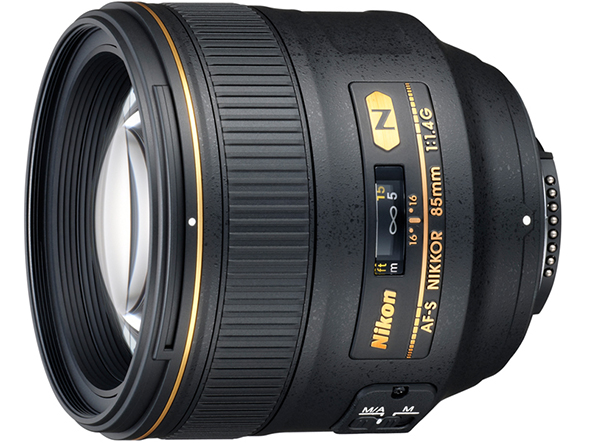

However, passing judgement on "bokeh" without any knowledge of the circumstances that effect bokeh (lens focal length, aperture, distance between camera and subject, distance between subject and background, etc.) is really just a guess. However, the difference between those two lenses and the 105 should be quite obvious. So if you are comparing the 200 and 300, you will need to look closely.

The 105 at f/2.8 on the other hand is almost 5 times as much. The depth of field at 300mm at f/4 is almost identical to the depth of field at 200 at f/2. It is nice, but I don't see that much of a difference in my 300 F4 or 105 F2.8. I think that is just an editing effect and not a true artifact of the lens. Bob is also a camera nut and a keen amateur photographer.Click on the picture and look at the other shots. He has been working with the design and development of high-technology equipment for 35 years and two of his products have won innovation awards. This lens has oodles of classical spherical aberration owing to its very simple design.īob Newman is currently Professor of Computer Science at the University of Wolverhampton. This is not true of the Meyer lens, for it is precisely its ‘soap-bubble’ bokeh that its buyers are looking for. Thus, lenses designed specifically for good bokeh will have over-corrected spherical aberration, reversing the above state of affairs. In normal compositions, it is the out-of-focus background objects that are more prominent, so this is the reverse of the desirable condition. The latter condition produces a smoother, more ‘creamy’ bokeh. The blur circle from behind the plane of focus (from closer images) is brighter in the centre than at the edges. Normally, an uncorrected lens will give a blur circle in front of the plane of focus (light coming from more distant objects), which is brighter at the edges, like a doughnut. A well-corrected lens will produce an evenly illuminated blur circle.

This is mostly determined by the spherical aberration of the lens, the difference in focus point between rays from the inside and outside of the lens. The second factor is the distribution of light across the blur circle. Thus the nature of the blur circle fundamentally determines the quality of the bokeh. One can think of the out-of-focus parts of an image as being a superposition of such a blur circle for each point of the subject, as a sharp image would be a superposition of points. This disc of light is often called the ‘blur circle’, although it’s not usually perfectly circular. This can be seen in many shots of this type that include an out-of-focus bright point of light, such as a reflection from a drop of water or distant lamps. The effect of this is that a point image is rendered as a disc, rather than a point. Out-of-focus effects are caused by the image plane being behind or in front of the plane of focus of a lens. The high price is because of the fact that this lens is designed to give a very characteristic bokeh that is prized by many users. This optic was the subject of a successful Kickstarter campaign, and is a simple three-element Cooke triplet that sells for US $1,700. The lengths and expense some people are willing to go to in order to achieve a particular bokeh effect is illustrated by the recent launch of the Meyer Optik Trioplan100mm f/2.8 lens. It refers to the quality of the out-of-focus parts of an image, so its meaning is restricted to images that have been shot using narrow depth of field to make use of accentuated differential-focus effects. Bokeh, or boke, is a Japanese term that has become popular over the past 20 years or so.


 0 kommentar(er)
0 kommentar(er)
